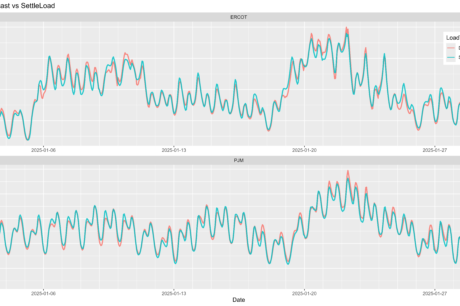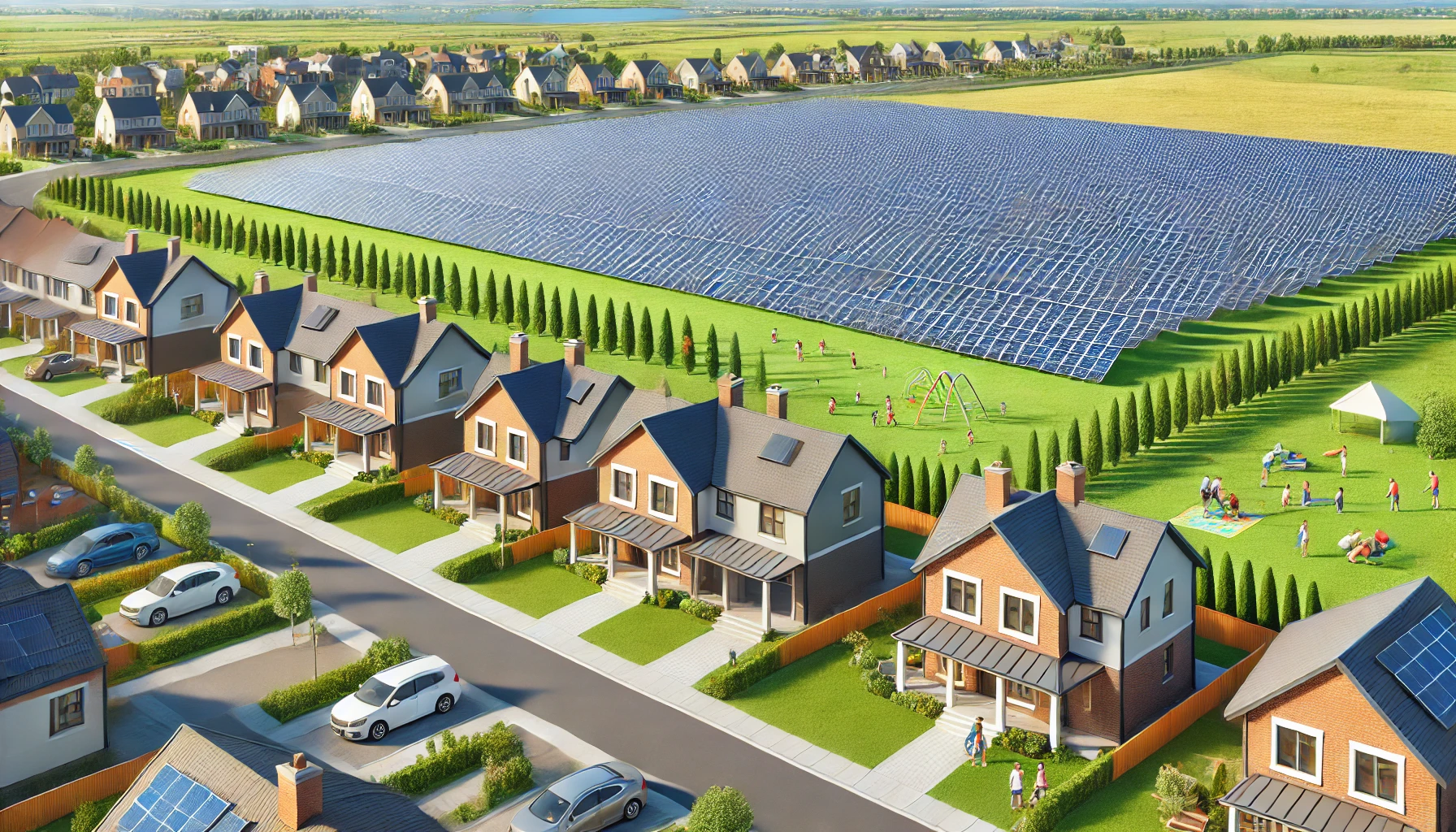The Department of Air Force’s (DAF) energy goals are simple: increase energy resilience and redundancy to maintain continuous power and water to their installations. However, achieving that goal is more complex. It comes with the added challenges of meeting both Executive Orders and DAF mandates for clean energy and carbon-free emissions. To succeed, the Air Force must approach energy management with the same creativity and flexibility as our industry partners.
The Air Force Office of Energy Assurance (AF OEA) is committed to pursuing new opportunities in creating, distributing, and storing energy; improving existing methods; and fostering innovative partnerships with their energy providers. At a time where energy demands are rising and sustainability is more critical than ever, AF OEA recognizes the pivotal role utility companies play as major energy suppliers to installations. It views these partnerships as a prime opportunity to expand and enhance collaboration and leverage opportunities to drive innovation and achieve shared energy goals.
Utility companies face increasing pressure to meet rising energy demands, particularly in areas with new or growing development, while also responding to calls for cleaner and carbon-free energy sources. The challenge of siting new energy generation facilities is significant in developed areas, as is the cost and complexity of extending distribution networks.
AF OEA recognizes that by collaborating with utility companies to align its goals and efforts with emerging needs, both parties can uncover new opportunities and maximize their potential.
Land for Energy Generation. Across the world, DAF installations have land available, some of which can be leveraged to develop energy generation assets. Awarding, siting, and permitting a project are the most challenging aspects of project development. Using installation land for generation and storage assets, DAF can achieve its energy resilience requirements while utility companies achieve their goals as well.
Reduced Grid Burden. Air Force installations are often among the largest customers of their local utility companies. If the utility company could remove the DAF’s load off its current system and put it on new generation on DAF property, the utility company might be better positioned to handle increasing community energy needs and manage future growth.
Potential Cost Savings in Distribution Development. Working with DAF installations on new distribution projects could yield significant cost savings. Incorporating installations into distribution plans may reduce the need for extensive infrastructure development to build around installation boundaries. Utility companies could streamline distribution routes and provide redundancies to the installation, potentially reducing both costs and logistical hurdles.
Opportunities like these and others can only develop through discussions about long-term goals and sharing needs—AF OEA is eager to start those conversations. We hope to see you at EMC22 in September!
By: Kirk Phillips, Director, US Air Force Office of Energy Assurance











